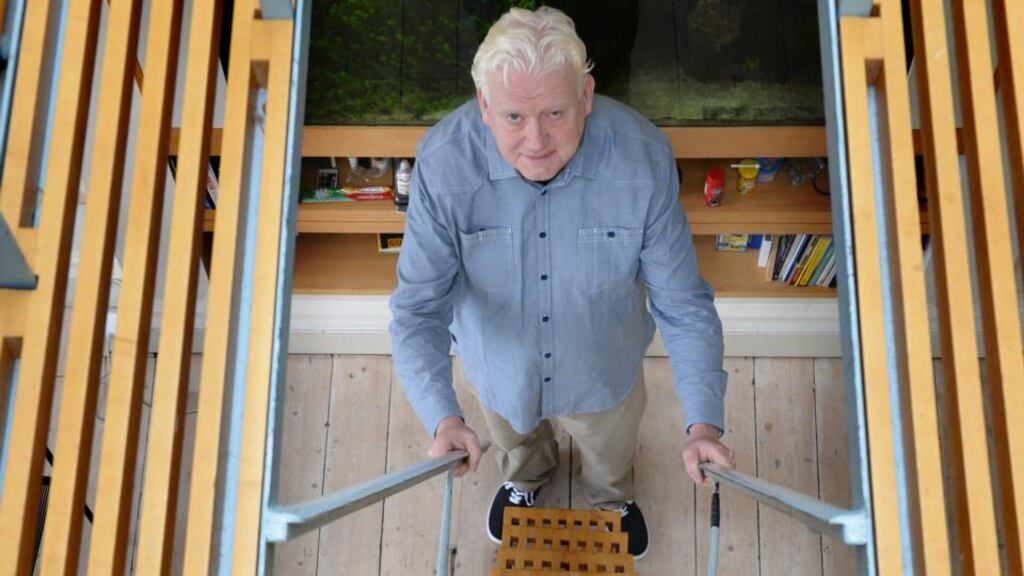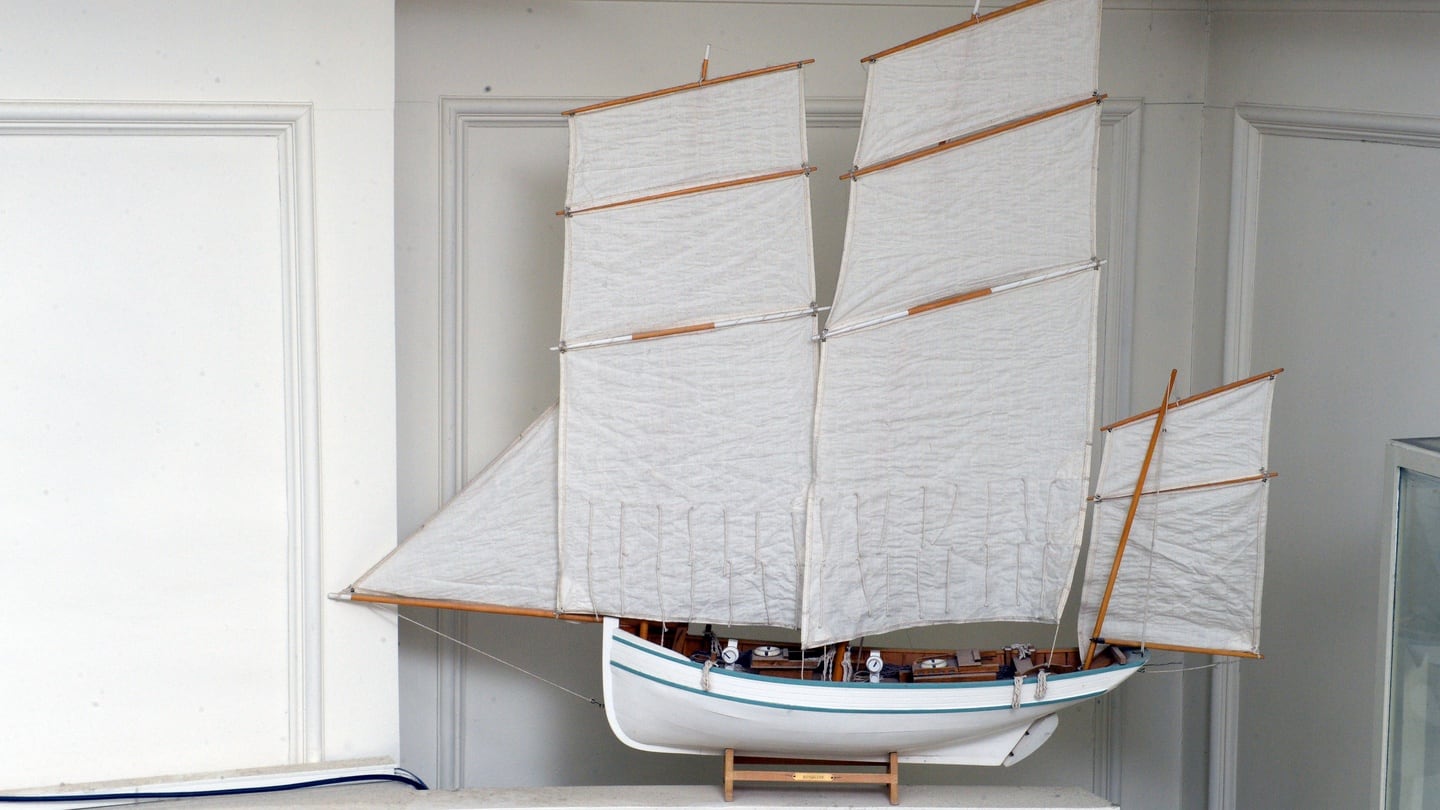Architect Ross Cahill O'Brien's designs have provided the backdrop to many a Dubliner's social life. Having designed countless 1990s and Noughties hotspots from Café en Seine to the Kitchen nightclub, Tosca restaurant and Zanzibar, O'Brien has became synonymous with magnetic modern design, but he attributes all of his projects' success, "to mirroring classical architecture forms first, and then adding in a little madness".
O'Brien, who grew up in the gate lodge of Lord Massey's estate in Killakee, Co Dublin, recalls that "the ruins of the Hellfire Club were literally my playground and where my fascination with old buildings and structure began".
Graduating from Hull University in 1984, O'Brien won the prestigious Royal Institute of British Architects (RIBA) national portfolio prize and spent the rest of the 1980s cutting his teeth in London's CZWG architectural practice before returning to Dublin in the early 1990s to set up his own show. He lives in Dún Laoghaire, where he splits his time between residential projects and his other life passion: boat refurbishment and sailing.
0 of 3
Describe your interiors style?
It’s less about colour and furnishings, and all about flow. I need spaces to meander into each other, not stop and start at each door. My trick is to install curved lining walls, which are like softer inner walls, layered over a bearing wall, and then I try get in portholes, skylights and little windows between rooms, to tempt you into the next space and to create this organic sense of movement throughout a building.
What do you invest in most when decorating?
Doors, windows and walls. I can't do a wall without some sort of panelling, wainscoting, dado or a divider of sorts. It's essential for giving a room scale and breaks up an otherwise big block of plain plaster. The French are masters at this and both Trinity College Dublin and the Royal Hospital Kilmainham have brilliant examples of how to do panelling with style. For windows and doors, getting the scale right is vital – too big, and a space actually looks smaller. Classic eras like Georgian and the 1920s had proportions spot-on. Where possible, I install classic French-style internal doors and windows, with slim metal and wood frames, long metal pin hinges and glass panes. The Salvage Yard in Tullow has a great selection of them if you're on the hunt.
Any design turn-offs?
The current obsession with extensions and adding big glass boxes onto the back of a home. First, I think that aesthetic is too industrial for most domestic buildings, but, more importantly, everyone assumes more space is better. That’s often not the case. What I see happening with lots of these costly extensions is the light gets killed in the centre of the home and everyone starts living in the periphery of the house, making the centre redundant. Restructuring the space, and bringing in light from other sources, is often much more effective, cheaper, and won’t require endless planning applications either.
What artists inspire you?
I've a few Alex Krajewski paintings, mostly of buildings, which is hardly surprising. I'm typically drawn to figurative expressionist works and still can't get my head around the notion of blobs and cubes on a canvas as art. Architecture-wise, I'm a big fan of Charles Rennie Mackintosh and admire how he married art-nouveau design with traditional Scottish building styles. He learned a lot from the boat-building industry, so his aesthetic resonates with me. If you're ever in Glasgow, his old house is now the Hunterian Museum and well worth a visit.
Do you collect anything?
My mother gave me a toy boat when I was six, and the obsession with nautical design began. I used to make model yachts as a boy and sail them on the Grand Canal. It was a great way to learn how to miniaturise and scale everything down, a skill I still use in my work today. Now I collect model boats where I can, and visitors always say my house feels a bit like being on board a crazy yacht. I think the curved light steel stairway in the middle of my livingroom definitely has some nautical roots, climbing it feels as if you’re going up on deck.
If you had €100,000 to spend on the house tomorrow, what would be the main thing you’d do?
When I first moved to this house in the early 1990s, there was no roof on the house, so when I rebuilt it I constructed a sun house, a sauna and a hot tub to sit between the valleys on the roof. The views of Dublin Bay and the mountains are amazing up there, so I’d like to build a glass tower up there, too, with a little seat at the top, so I could just sit there reading all day long.














